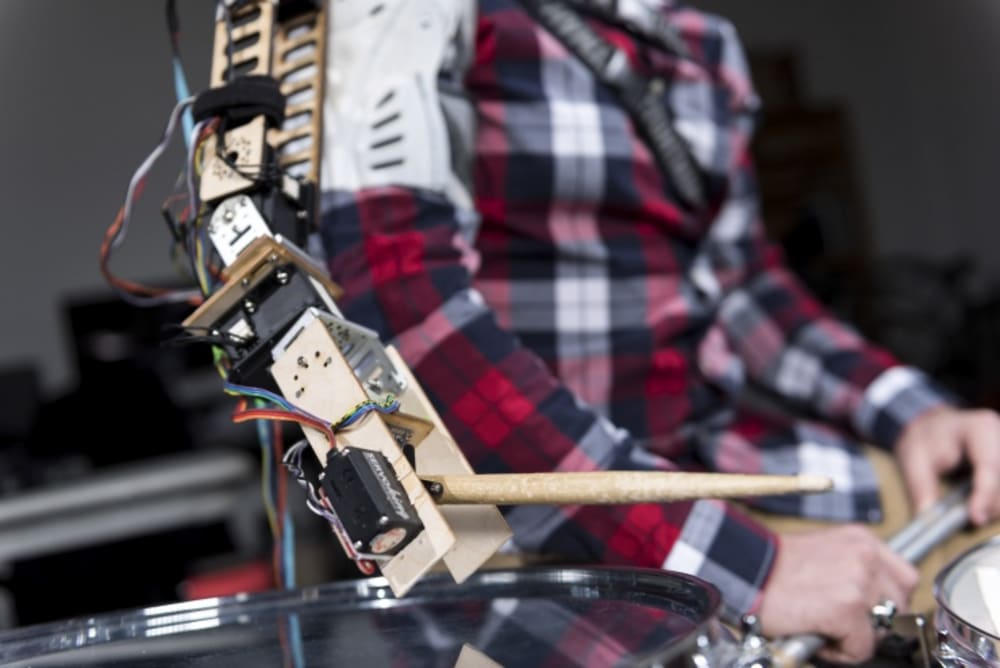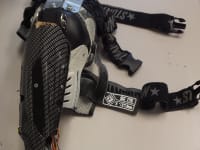

Approximately 60,000 Americans are diagnosed with Parkinson's disease each year.
The Multiple Sclerosis Foundation estimates that more than 400,000 people in the United States and about 2.5 million people around the world have MS. These patients with different level of abilities need different assistive technologies to improve their quality of life. In addition to that, there are multiple research projects going on to increase the abilities of soldiers, athletes and workers.
We believe that augmenting humans with smart general purpose, wearable robotics gives them the opportunity to interact with their environment in a much more sophisticated manner.
We have developed the first general purpose assistive platform called "The 3rdArm" which can be used to restore lost functions or add functionality to different users from normal able people to amputees and patients diagnosed with brain stroke, MS and Parkinson diseases. Unlike the other technologies that aim at improving a particular task or disease, the 3rdArm can be used to address a wide variety of problems. Since music is based on very timely, precise movements, it’s the perfect medium to try this concept of human augmentation and a third arm.
One application is to help the user perform tasks that require involvement of both hands, but it is not possible for the user to use both his hands due to an injury or amputation and in some cases, because of the second hand being busy carrying other objects such as tools or materials necessary to do the task. In this case, performing the same task without the robotic system requires involvement of a second human subject, or an alteration of the task procedure to make it possible to perform. This process is usually increases the time required to do the task and also makes it prone to failure.
Another application is to enable the tasks that require movements that are usually faster or more delicate than normal human abilities. One good example of such tasks is playing musical instruments. Playing music is a demanding task regarding timing and dexterity. A slight delay of more than 100 milliseconds is usually audible for human ears and may degrade the music performance. In this case, the robotic system interacts with the human performer to create rhythms that are faster and structures that are more complex than those played by a human alone.
Video
-
Awards
-
 2016 Machinery/Automation/Robotics Honorable Mention
2016 Machinery/Automation/Robotics Honorable Mention -
 2016 Top 100 Entries
2016 Top 100 Entries
Like this entry?
-
About the Entrant
- Name:Roozbeh Khodambashi Emami
- Type of entry:teamTeam members:Gil Weinberg, PhD- Principal Investigator Roozbeh Khodambashi, M.Sc- Sr. Product Dev. Engineer
- Software used for this entry:SolidWorks, MATLAB,
- Patent status:pending








